
The Card
The GTX Titan X has the same 250W power envelope as the GK110 Kepler cards (GTX Titan, GTX 780 Ti and GTX 780), and the same 8-pin/6-pin power inputs too. Dual SLI connectors enable support for up to 4-way SLI, while display outputs are same as with the GTX 900 series: three DisplayPorts, one HDMI 2.0 and one dual-link DVI-I.The design of the 267mm long, dual-slot card is by now familiar, though the aluminium cover has been made all black for this card – it's still very good looking, with the green backlit logo on the side adding extra pizazz as usual.
That said, there's no more backplate as with the GTX 980 – Nvidia says this provides maximum airflow in tightly cramped SLI situations, presumably more important since there are now memory chips on the rear of the PCB. These memory chips are from SK Hynix, and are 4Gb modules with the part number H5GQ4H24MFR-R2C.
The GPU is cooled using a copper vapour chamber with an aluminium heatsink on top. The blower-style fan will exhaust most heat through the rear I/O panel, though there is an opening next to the smaller heatsink on opposite side, so some air will re-enter your chassis. While the rear memory chips are exposed, the front-facing ones are all actively cooled via a metal plate and thermal pads, and the same treatment is given to the MOSFETs.
The GTX 980's 4+1 power phases have been increased to 6+2 to match the original GTX Titan's layout. Nvidia claims that GTX Titan X is more suited to overclocking than GTX Titan too, with claims of boost speeds reaching 1.4GHz on air. Higher capacity VRMs make for a higher power target of 110 percent, and Nvidia is using polarised capacitors (POSCAPs) and molded inductors to reduce power noise.

MSI MPG Velox 100R Chassis Review
October 14 2021 | 15:04

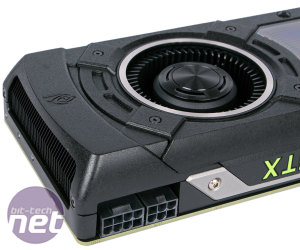

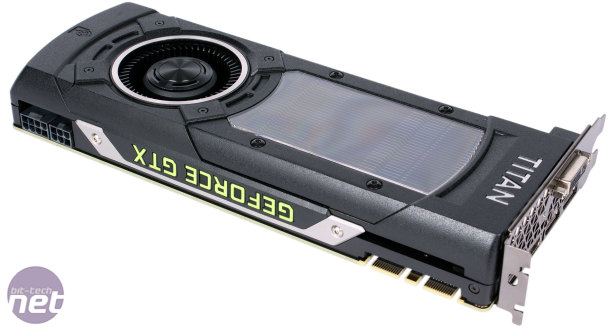
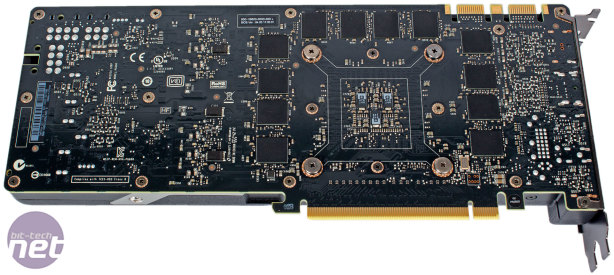
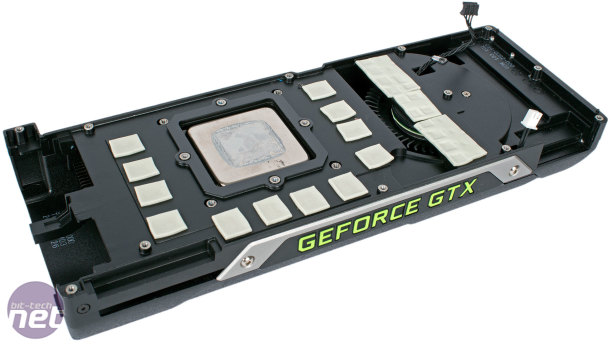
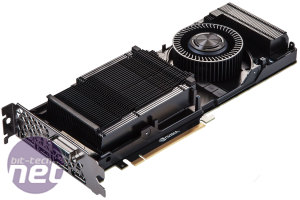
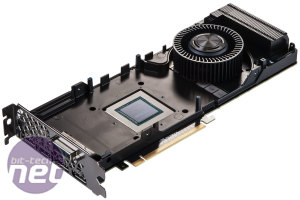









Want to comment? Please log in.